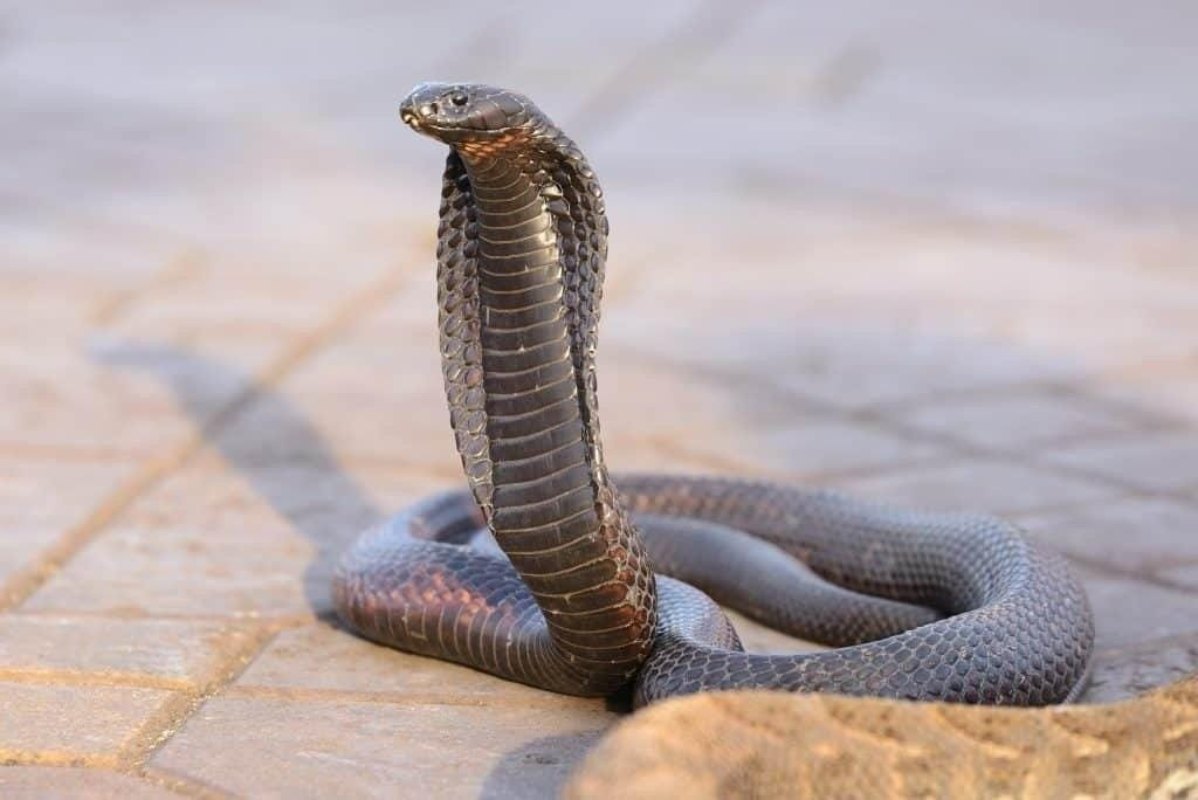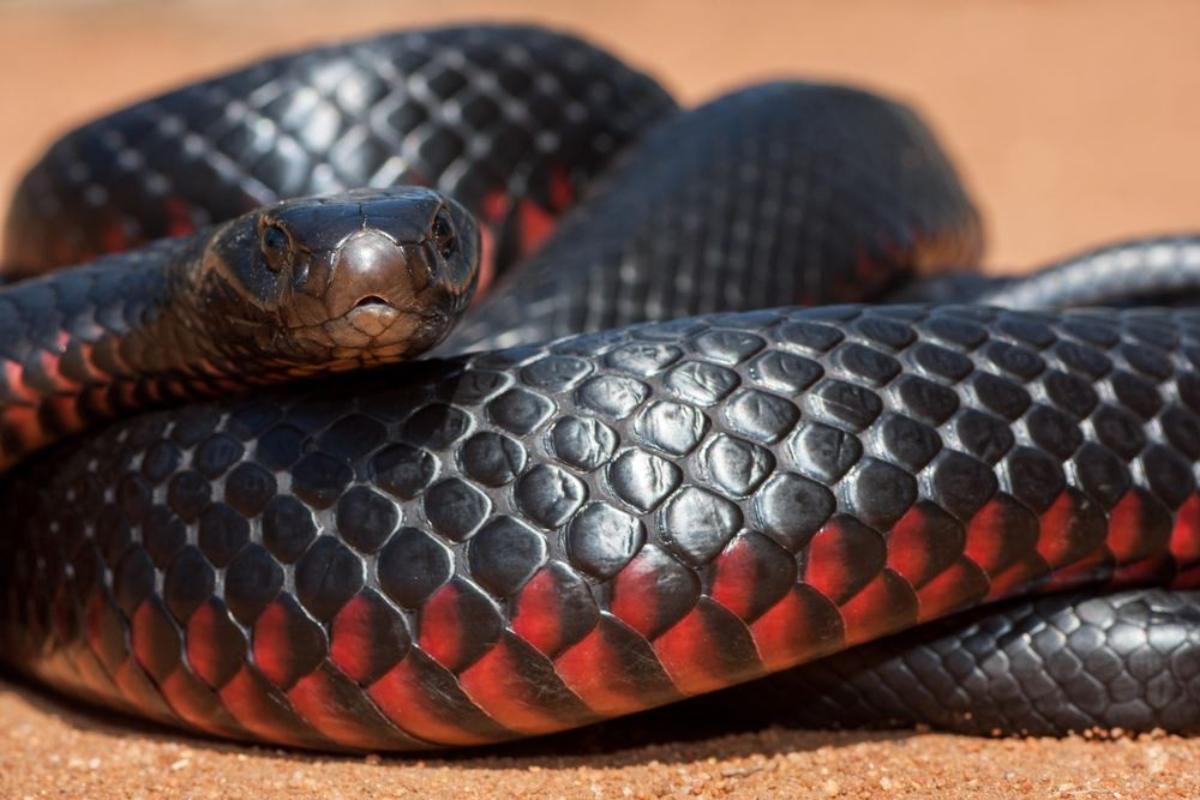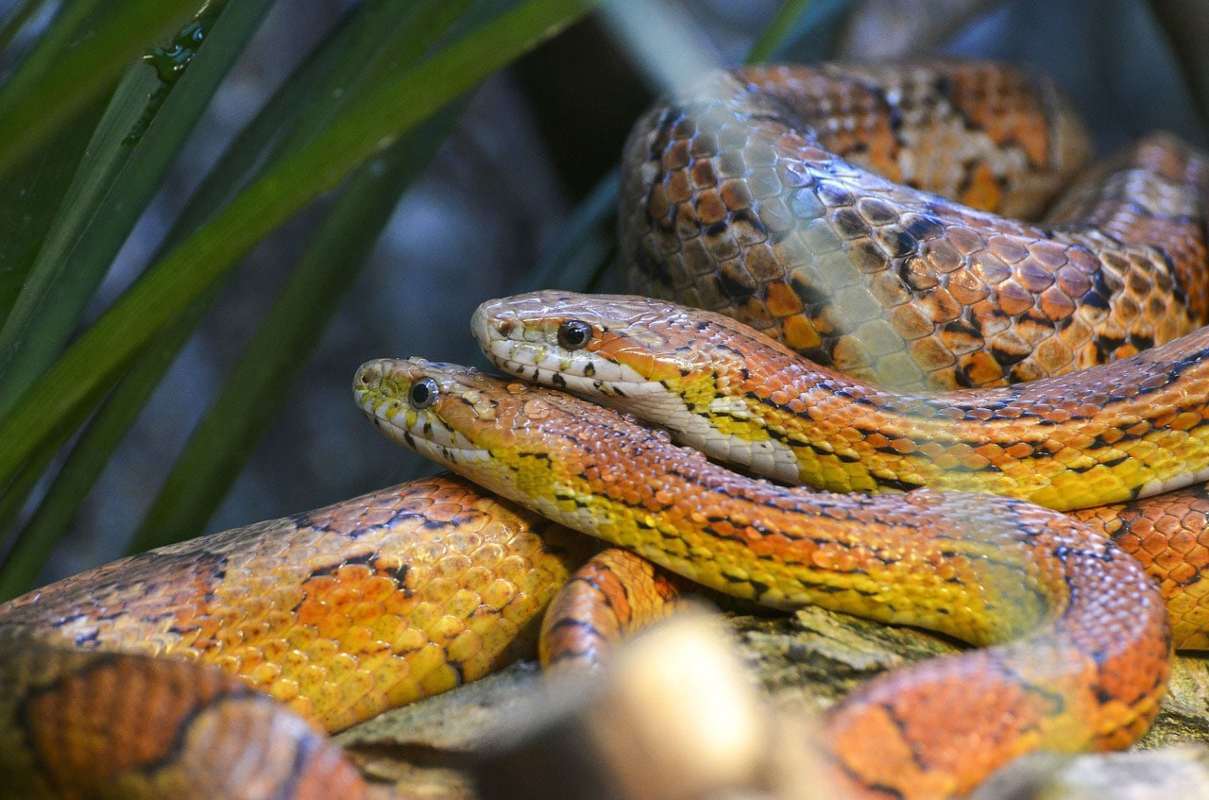Introduction
Snakes are some of the most misunderstood creatures on the planet. In the United States, where various native and exotic species thrive, snakes often evoke fear, curiosity, and fascination. This blog explores the top 10 fascinating facts about snakes, uncovering truths that will surprise even seasoned wildlife enthusiasts. Whether you’re a herpetology fan or just curious, these fun facts about snakes will give you a new appreciation for these slithering reptiles. We’ll also dive into some captivating details about Egyptian snakes, known for their rich historical and cultural significance.
1. Snakes Smell With Their Tongues
One of the most astonishing facts about snakes is their method of smelling. Unlike humans, snakes use their forked tongues to gather scent particles from the air and ground, transferring them to a special organ called the Jacobson’s on the roof of their mouths. This allows them to track prey and sense predators with remarkable accuracy.
2. There Are Over 3,500 Species of Snakes Worldwide
Among the most incredible facts about snakes is their diversity. With over 3,500 known species globally, snakes have adapted to various habitats—from deserts to rainforests. In the USA alone, there are around 50 native snake species, ranging from the tiny ring-necked snake to the formidable eastern diamondback rattlesnake.
3. Egyptian Snakes Were Once Worshipped
One lesser-known but deeply intriguing fact about snakes is their historical significance in ancient Egypt—Egyptian snakes, such as the cobra, were revered as symbols of royalty and divine power. The Uraeus, a stylized upright form of an Egyptian cobra, was often worn on the crowns of pharaohs as a protective emblem.

4. Snakes Can Dislocate Their Jaws to Eat Large Prey
It might seem like a myth, but this is one of the most accurate facts about snakes. They don’t dislocate their jaws but have highly flexible ligaments that allow them to extend their mouths incredibly wide. This enables them to consume prey much larger than their heads.
5. Some Snakes Give Birth to Live Young
While many believe all snakes lay eggs, the reality is more complex. Some species, such as the garter snake found in North America, give birth to live young. This adaptation allows them to survive in colder climates where laying eggs would be less viable.
6. Snakes Can Go Months Without Eating
Another remarkable fact about snakes is their metabolism. Snakes, especially in the wild, often eat infrequently. Some species can go months without food, relying on their slow metabolic rates and the ability to consume high-protein meals in one go.

7. Egyptian Snakes Include Some of the Deadliest Species
Egyptian snakes aren’t just historical icons—they include some of the most venomous snakes worldwide, like the Egyptian cobra and the horned viper. These species have played a significant role in Egyptian mythology and continue to intrigue modern-day researchers.
8. Snakes Use Camouflage to Avoid Predators
Fun facts about snakes often include their incredible camouflage skills. From the leaf-like patterns of arboreal snakes to the desert hues of rattlesnakes, snakes use colour and texture to blend into their surroundings, both to avoid predators and to ambush prey.
9. The USA Is Home to a Wide Range of Snake Habitats
From the swamps of Florida to the arid deserts of Arizona, the United States offers a diverse range of snake habitats. The adaptability of these reptiles makes them one of the country’s most widespread groups of animals, with both venomous and non-venomous species coexisting.
10. Snakes Have Internal Ears
Unlike humans or mammals, snakes don’t have external ears. Instead, they use internal ears to detect vibrations through the ground. This unique adaptation helps them sense nearby movements, alerting them to prey and threats.
Why Snakes Are Vital to Ecosystems
Beyond these fascinating facts about snakes, it’s essential to recognize their ecological role. Snakes help control rodent populations and maintain balance within ecosystems. Despite common fears, most snakes are harmless to humans and contribute significantly to environmental health.
Conclusion
These top 10 fascinating facts about snakes barely scratch the surface of what makes these creatures so unique. Snakes are remarkable, from the ancient reverence of Egyptian snakes to the amazing adaptations seen in species across the USA. If you’ve enjoyed these fun snake facts, consider learning more about your local snake species or visiting a reptile sanctuary. The more we understand these incredible reptiles, the more we appreciate their place in our world.








